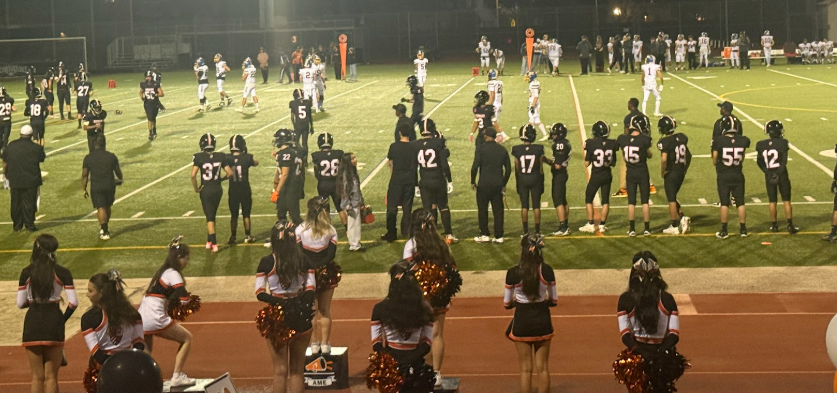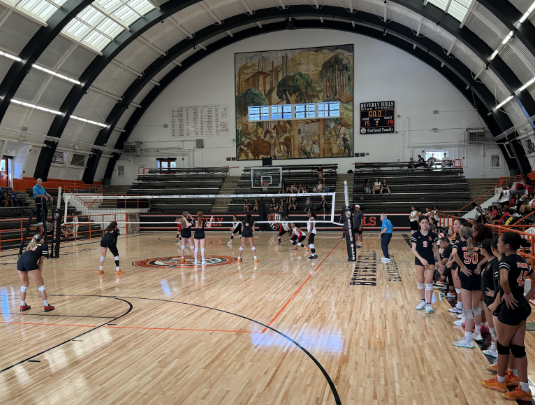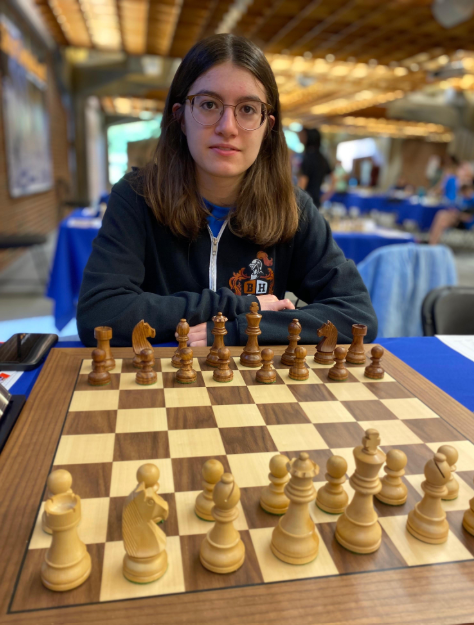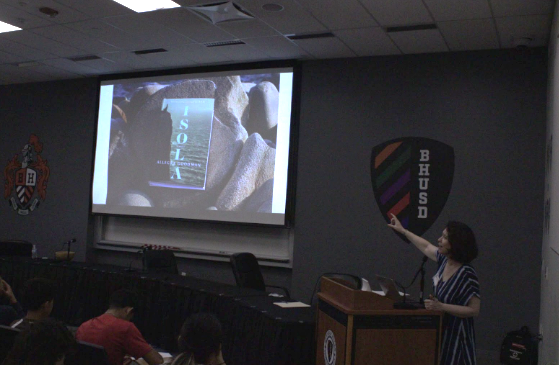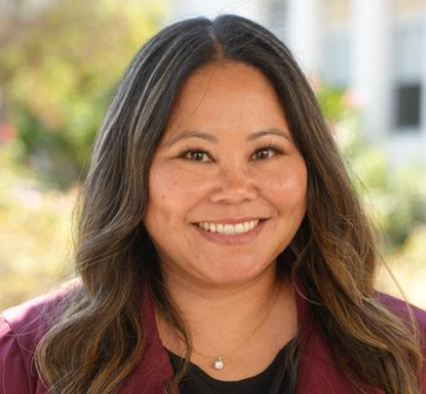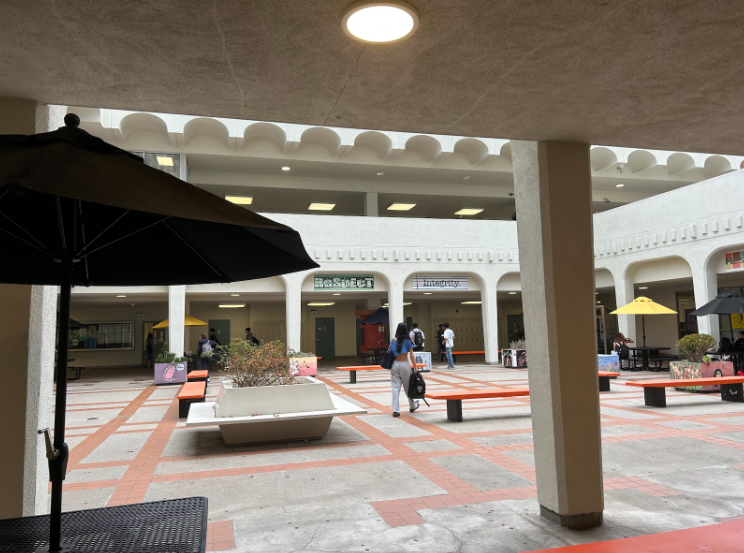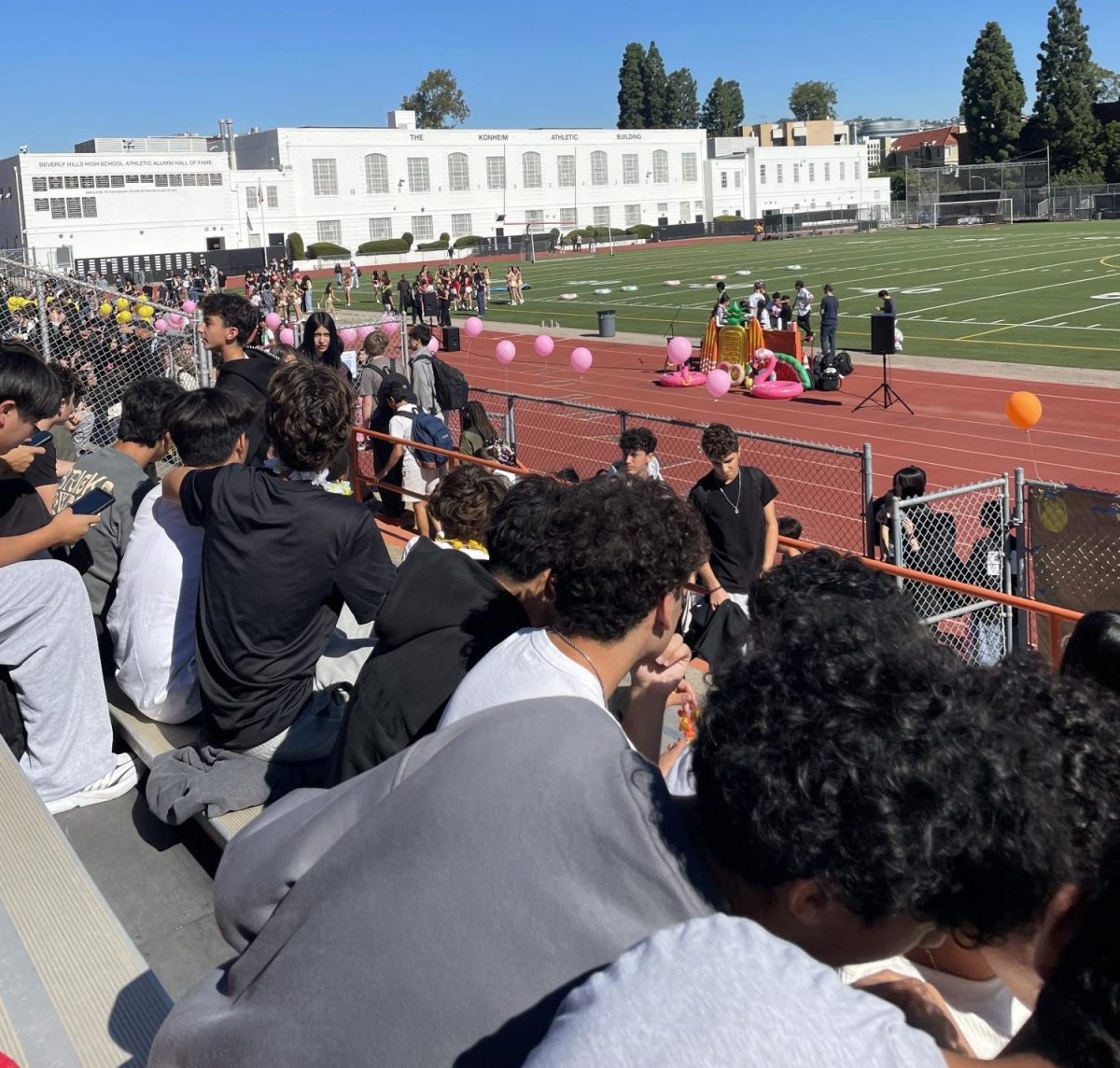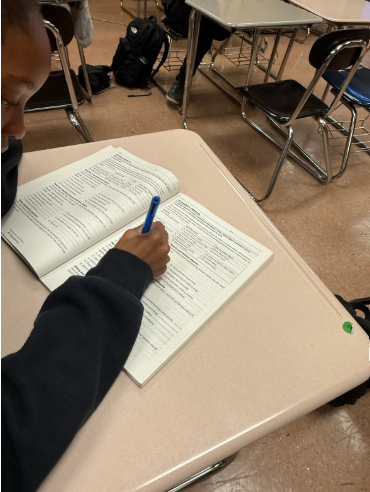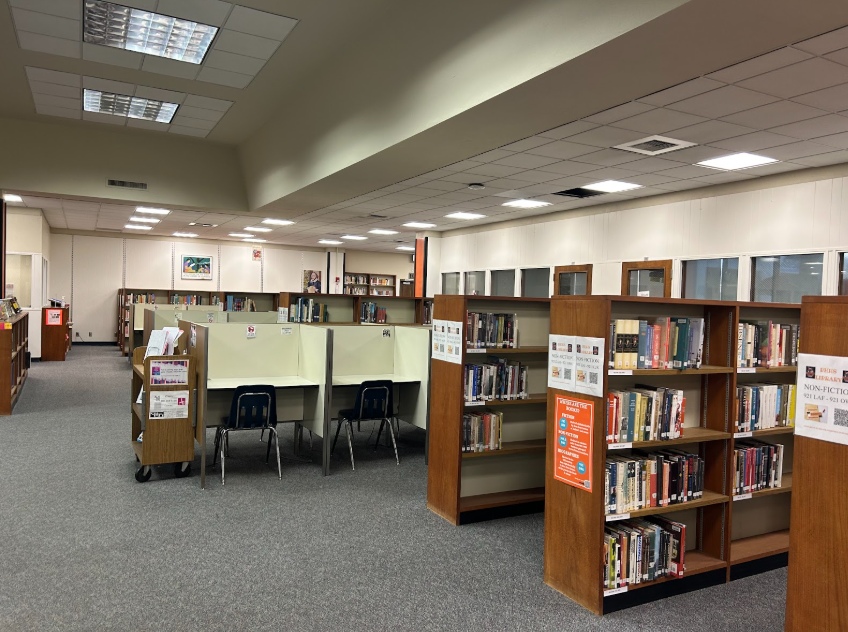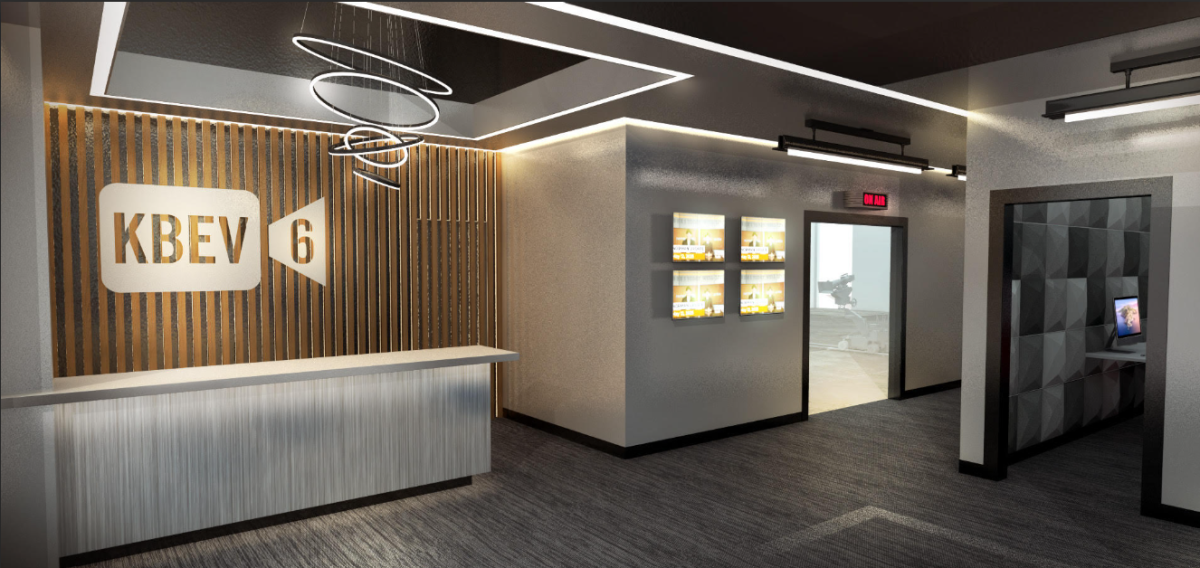Candice Anvari co-editor-in-chief
Emma Newman co-editor-in-chief
Defne Onal managing editor
Ava Spina staff writer
Due to an increase in COVID-19 infections, many students and teachers were quarantined during January, which has resulted in a change of learning environment.
Because physical school is ongoing, students in quarantine have been attending classes virtually, and substitute teachers have been taking the place of teachers.
Science teacher John Castle found it challenging to teach his classes while in quarantine after contracting COVID-19.
“I ended up coming up with an approximately 30-page lesson plan for my sub. I think it was difficult because it’s hard for subs to come in and teach engineering when they don’t have a background in science,” Castle said.
However, the process was made easier for Castle because of his experience from teaching virtually last year, which helped him create his lesson plans.
“Hybrid learning was a blessing to me because I was ready to transfer to electronic learning,” Castle said. “I don’t manage papers [and] don’t like dealing with paper at all, so this was just the push that we needed to get all students on the same page.”
Photography teacher Timothy Briggs has an ongoing Zoom meeting in the back of the classroom on an iMac so students can join in when they need to. While Briggs believes that “it’s always a challenge when students miss class,” teachers are finding a way to adjust.
He also has found that students have been great about handing in assignments on Google Classroom and making up things that require lab time when they get back.
Junior Natasha Jadidolahi contracted COVID-19 on Jan. 5 and therefore was unable to attend school in person for several days. During this time period, Jadidolahi faced difficulties learning in online classes during her time in quarantine.
“Online school was really hard because the teachers paid attention to the majority that was in school, and I would be one of the only people on Zoom for every class I joined,” Jadidolahi said.
Senior Nicole Zokaim also had a similar experience and found it difficult to “retain information from lessons and lectures” as a result of not receiving attention from teachers.
While attending school online, Zokaim sometimes “didn’t have access to Zoom meetings” due to teachers forgetting to put on a Zoom meeting for students. However, she also said that the teachers “were pretty good with responding to emails and were easy to contact,” which she found to be helpful.
Senior Leia Gluckman had a different experience, though: she preferred online school to physical learning.
“I actually like online school because I think that it gives self-motivated students the chance to allocate how much time they’d like to work and what types of spurts, to take breaks when they feel like they’re necessary and really get to know themselves as students,” Gluckman said.
According to Gluckman, online school was more accessible than it was last year around because she was aware of what she was supposed to do and “it was clearly communicated to students what was expected of them.”
Zokaim, on the other hand, found it more difficult to attend classes online this year than last.
“I would definitely say it’s better to implement some sort of procedure like we had last year: with the hybrid model that’s effective. This year, it’s completely out of order. Nothing seems to be planned out for the way that they’re dealing with kids that are online. It seems like nobody really thought about it.”
Overall, Briggs believes that everyone is trying their hardest to adjust to the new circumstances that arose after Omicron.
“None of us have ever lived through a time like this, and I believe it takes patience and understanding from teachers and students,” Briggs said. “Everyone is doing their best to cope, and it’s good to always keep that in mind.”







